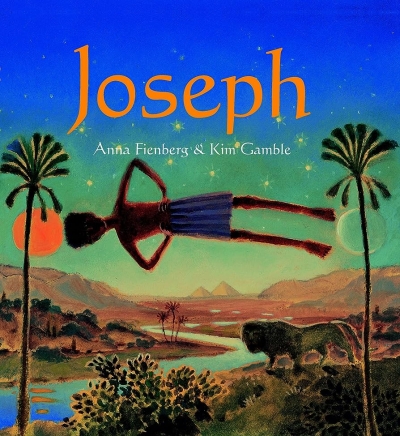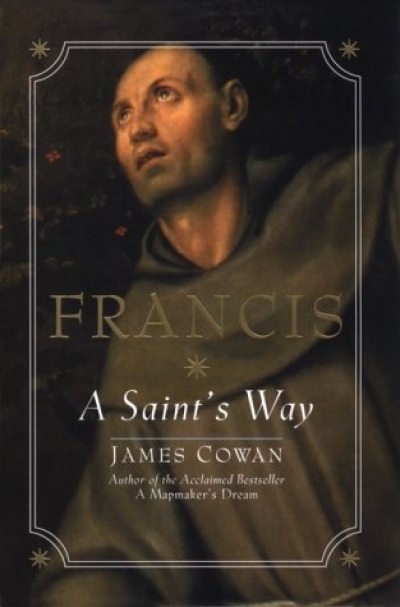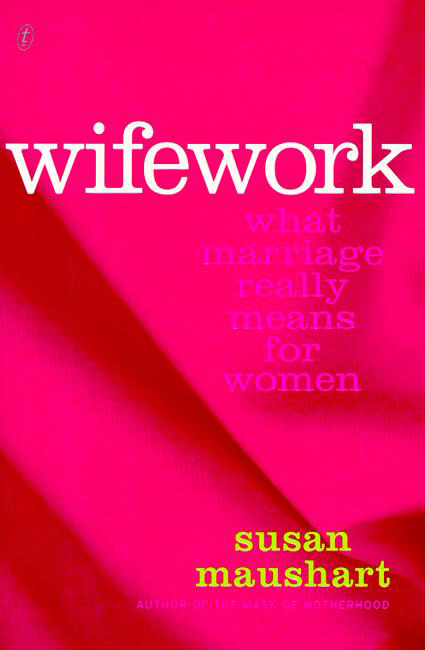Review
Myth and Meaning: Australian Film Directors in Their Own Words by Peter Malone
The Blind Eye by Georgia Blain & Bella Vista by Catherine Jinks
The picture book format is the workhorse of children’s literature. It is expected to entertain and enlighten audiences ranging from infants and toddlers to young adults. Eric Carle’s The Very Hungry Caterpillar, the quintessential picture book for very young readers, introduces some basic concepts through simple text and colourful collage. At the opposite end of the spectrum, Isobelle Carmody’s fantasy novel, Dreamwalker, published earlier this year with illustrations and design by graphic artist Steven Woolman, has sophisticated teen appeal.
... (read more)The True Life of Jimmy Governor by Laurie Moore and Stephan Williams
Religion and Culture in Asia Pacific: Violence or healing? by Joseph Camilleri
Wifework: What marriage really means for women by Susan Maushart
Sally Muirden’s second novel sits well with her first, Revelations of a Spanish Infanta. In each case, the author works through an elaborate historical lens to construct a multi-layered narrative in which the focus is the intimate life of a woman.
... (read more)








